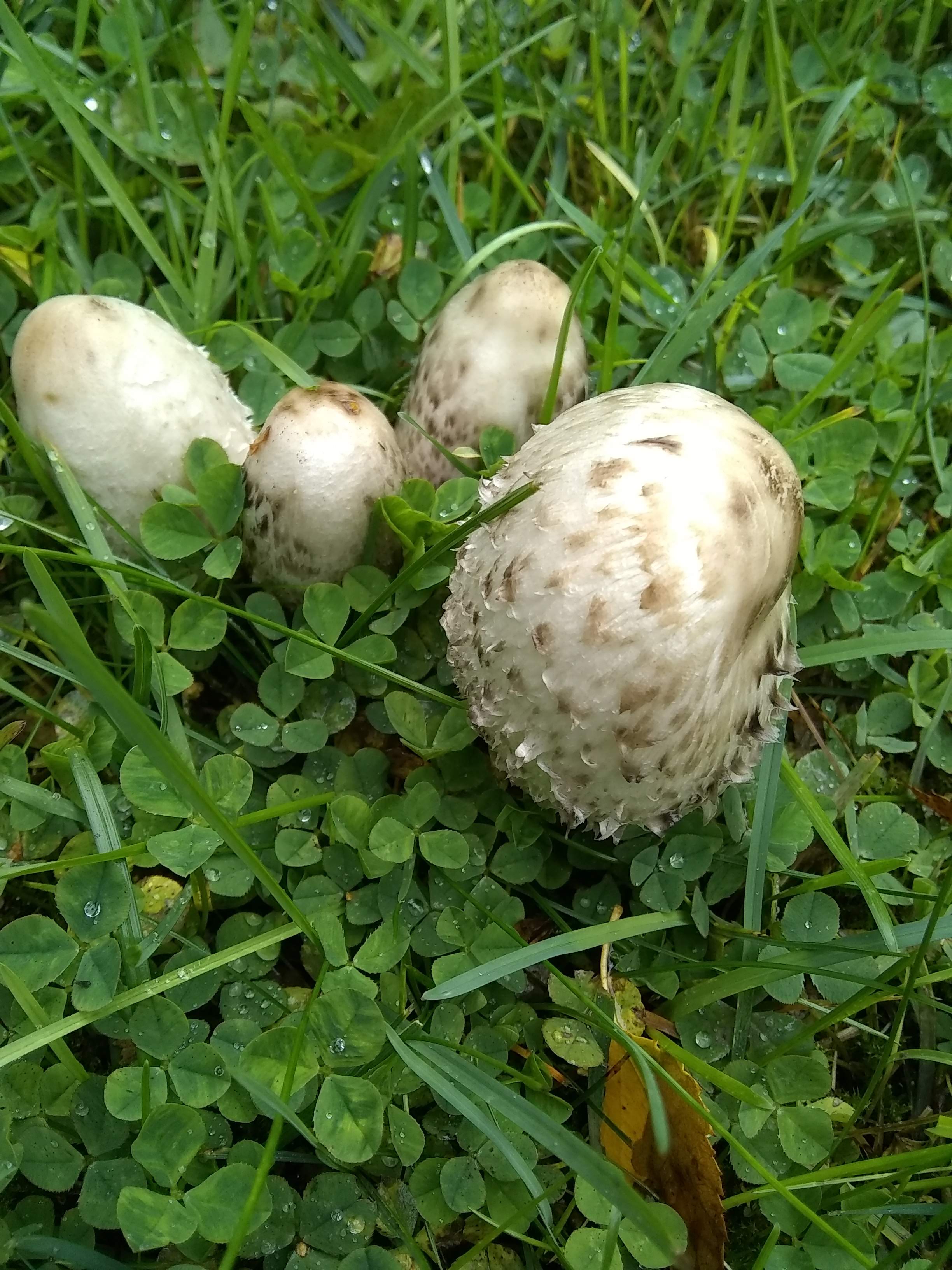With summer gone, some people are bummed that winter is coming up. Don’t despair! There are still plenty of plants you can collect to make into yummy snacks or healing remedies. Also check out my article about plants you can harvest during winter! Here are 25 plus plants you can harvest during the fall!
Berries
I’m not going to list the uses here, as I’ve written this article and this article on different berries that can be harvested.

Lingonberries – Not bad, but usually better after the first frost. Definitely not as tart as highbush cranberries.

Timber berries – These are on their way out, but I’ve noticed less of a pit, and a little more flavor.

Highbush cranberries – These are way better after the first frost. I like them as a mid-winter snack

Rosehips – better after first frost, if they’re still there.

Elderberries – de-seed them as they have the alkaloid sambucine and hydrocyanic acid.

Raspberries – They’ve been out later than usual this year.
Barks to harvest in fall
Usually barks are collected in the spring, but most tree cambiums (the inner bark) up here can be eaten as emergency food sources. You can check out my tree series to see how to prepare them.
Cramp bark – from the highbush cranberry bush. As the name suggests, crampbark is great for muscle cramps. A tincture can be made and used for headaches as well as spasms.
Flowers
Any that you find usable, i.e. I just found some arnica, yarrow, and fireweed that was still harvestable. Some others you might find are goldenrod and eyebright.
Roots/rootstalks to harvest in fall
Fall is the perfect time to harvest roots of most kinds. There are a couple that you should not, like devil’s club root as there has been reports that the root is fermented it becomes toxic (Discovering Wild Plants Schofield pg 89).
Some useful ones:
Angelica – This one is in my massage oils. Make sure of a positive ID as it can look the same as Poison or Water Hemlock.
Cat-tail – I haven’t tried this one, but they are supposed to be tasty.

Valerian – If you don’t know, valerian root is an excellent herb to have around if you ever have trouble sleeping. It’s also a more potent catnip like herb…if your cat doesn’t react to catnip, they will surely react to valerian root.
Yellow pond lily – the root stalks can be eaten, but it seems that it will depend on your tastes whether or not you care for them. Medicinally, the leaves and stocks can be used in poultices for various skin conditions. The rootstock can be made into an infusion to gargle for sore throats.

Fireweed – Now is the time for fluff as well as the rootstalks.

Coltsfoot – This is a fantastic herb for coughs. You can make a decoction out of the root.

Roseroot/stonecrop – excellent as an aid for the winter blues.
Woolly Lousewort – food use raw or boiled, steamed, baked, or stir-fried. Can also be candied.
Clover roots – steamed or stir-fried for eating.
Dandelion roots – wait until after the first frost. See my post on dandelions.

Gentian – used mostly as a tincture, the bitter action helps digest food. The astringent properties can help with diarrhea.
Plants to harvest in fall
Fiddleheads – after first frost, the ferns will return to the edible fiddlehead stage.

Chickweed – if still fresh, it’s harvestable until it’s gone. Chickweed is wonderful for all sorts of skin ailments, but most people use it as a food source. It is full of nutrients.

Nettle – It is an excellent source of iron and other vitamins and minerals. It is also a hepatic (meaning good for the liver). Drying it will get deactivate the compound that makes the skin react.

Wormwood – recently I heard it’s best to wait until it dries on the stalk, but if you don’t want to harvest it during winter the fall is the perfect time. You can read a more thorough post about it on Alaska Floats My Boat.

Plantain – It’s still there (much to the chagrin of many a gardener), might as well collect it while it’s still green. My favorite use for them is on minor cuts. Used by itself it can help heal cuts faster by bruising (or lightly chewing) the leaves and covering the cut. If you use both plantain and comfrey (it will grow here, but is not native to Alaska. It is also on the watch invasive watch list for Alaska gardens because of its aggressive tendencies) together, the healing properties of these work to make the cut not have a scar.

Yellow Dock – Medicinally used as a tea or a tincture from the root, Yellow Dock is used for constipation by stimulating the gut muscles. It is an excellent source of iron, making it a great aid in jaundice or those troubled by anemia or liver damage
Mushrooms

A lot of mushrooms pop up during this time. Mushrooms are not my speciality, but a general rule is that if it’s not gilled, it’s safe to eat (that applies only in Alaska that I am aware of). I recommend you get a mycology (mushroom or fungi) book specific to your area. As with plants, make sure that you are absolutely sure of identity before trying.

Happy Harvesting!




